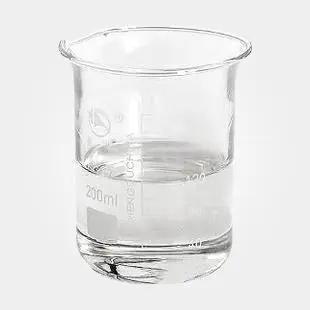Isopropylalkoholis 'n algemeen gebruikte ontsmettings- en skoonmaakmiddel. Die gewildheid daarvan is te danke aan sy effektiewe antibakteriese en antiseptiese eienskappe, sowel as die vermoë om vet en vuiligheid te verwyder. Wanneer die twee persentasies isopropylalkohol in ag geneem word—70% en 99%—albei is effektief in hul eie reg, maar met verskillende toepassings. In hierdie artikel sal ons die voordele en gebruike van beide konsentrasies ondersoek, sowel as hul onderskeie nadele.
70% Isopropylalkohol
70% isopropylalkohol word algemeen in handontsmettingsmiddels gebruik as gevolg van die sagte aard en antibakteriese eienskappe daarvan. Dit is minder aggressief as hoër konsentrasies, wat dit geskik maak vir daaglikse gebruik op die hande sonder om oormatige droogheid of irritasie te veroorsaak. Dit is ook minder geneig om die vel te beskadig of allergiese reaksies te veroorsaak.
70% isopropylalkohol word ook algemeen gebruik in skoonmaakoplossings vir oppervlaktes en instrumente. Die antiseptiese eienskappe daarvan help om skadelike bakterieë op oppervlaktes dood te maak, terwyl die vermoë om vet en vuiligheid op te los dit 'n effektiewe skoonmaakmiddel maak.
Nadele
Die grootste nadeel van 70% isopropylalkohol is die laer konsentrasie daarvan, wat dalk nie effektief is teen sommige hardnekkige bakterieë of virusse nie. Daarbenewens is dit dalk nie so effektief in die verwydering van diep ingebedde vuiligheid of vet in vergelyking met hoër konsentrasies nie.
99% Isopropylalkohol
99% isopropylalkohol het 'n hoër konsentrasie isopropylalkohol, wat dit 'n meer effektiewe ontsmettings- en skoonmaakmiddel maak. Dit het 'n sterk antibakteriese en antiseptiese effek, wat 'n wye reeks bakterieë en virusse doodmaak. Hierdie hoë konsentrasie verseker ook dat dit meer effektief is in die verwydering van diep ingebedde vuiligheid en vet.
99% isopropylalkohol word algemeen in mediese omgewings, soos hospitale en klinieke, gebruik as gevolg van sy sterk antibakteriese eienskappe. Dit word ook algemeen in industriële omgewings, soos fabrieke en werkswinkels, gebruik vir ontvettings- en skoonmaakdoeleindes.
Nadele
Die grootste nadeel van 99% isopropylalkohol is die hoë konsentrasie daarvan, wat die vel kan uitdroog en irritasie of allergiese reaksies by sommige mense kan veroorsaak. Dit is dalk nie geskik vir daaglikse gebruik op die hande nie, tensy dit behoorlik verdun word. Boonop is die hoë konsentrasie dalk nie geskik vir sensitiewe oppervlaktes of delikate instrumente wat sagter skoonmaakmetodes benodig nie.
Ten slotte het beide 70% en 99% isopropylalkohol hul onderskeie voordele en gebruike. 70% isopropylalkohol is温和en geskik vir daaglikse gebruik op die hande as gevolg van sy sagte aard, terwyl 99% isopropylalkohol sterker en meer effektief is teen hardnekkige bakterieë en virusse, maar irritasie of droogheid by sommige mense kan veroorsaak. Die keuse tussen die twee hang af van die spesifieke toepassing en persoonlike voorkeur.
Plasingstyd: Jan-05-2024





